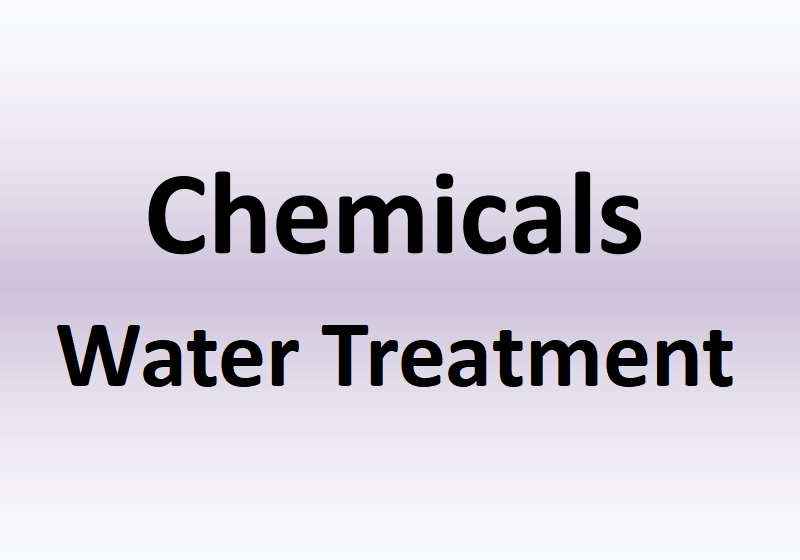Introduction of Coagulant Aid
In order to discharge or reuse the wastewater after treatment, a variety of chemicals are required in the wastewater sewage water treatment process.
According to different uses, these agents can be divided into the following categories:
Coagulant Aid
Coagulant aid plays a role in strengthening the coagulation effect.
Function of Coagulant Aid
In the coagulation process of wastewater sewage water treatment, sometimes the use of a single flocculant cannot achieve good coagulation effect, and it is often necessary to add some auxiliary agents to improve the coagulation effect, which are called coagulant aids.
Some coagulant aids themselves do not play a role in coagulation, but play a role in assisting flocculants to produce coagulation effect by adjusting and improving coagulation conditions. Some coagulant aids are involved in the formation of flocs, improve the structure of flocs, and can change the small and loose flocs produced by inorganic flocculants into large and dense alum flowers.
Types of Coagulant Aids
There are many kinds of coagulant aids, but they can be roughly divided into the following two categories according to their roles in the coagulation process:
(1) Agents for adjusting or improving coagulation conditions
The coagulation process should be carried out within a certain pH value range. If the pH value of raw water cannot meet this requirement, the pH value of raw water should be adjusted. Such coagulant aids include acid and alkali.
When the pH value of raw water is low and the alkalinity is insufficient, which makes the hydrolysis of flocculant difficult, alkaline substances such as CaO, Ca (OH) 2, Na2CO3, NaHCO3 can be added (lime is commonly used); When the pH value is high, sulfuric acid or CO2 is often used to reduce the pH value of raw water.
For wastewater sewage water with large content of dissolved organics, oxidants such as Cl2 can be used to destroy organics and improve the removal effect of dissolved organics. In addition, when ferrous salt is used as flocculant, ferrous (Fe2+) can be oxidized to high valent iron (Fe3+) with chlorine gas to improve the coagulation effect.
The above alkali agents, sulfuric acid, CO2, chlorine, etc. do not play a role of coagulation themselves, but only play a role of auxiliary coagulation.
(2) Coagulant aids for increasing alum particle size, density and firmness
The result of coagulation requires the generation of alum flowers with large particle size, high density and solid texture, which is not only conducive to sedimentation, but also not easy to break. In order to obtain such a result, it is sometimes necessary to add some substance or agent to the water according to the characteristics of the water quality.
If the low turbidity wastewater contains light impurities that are not suitable for sedimentation, adding coarser particles such as silica, activated carbon, clay or returning part of the precipitated sludge can increase the alum bloom; When aluminum salt and iron salt are used as flocculants, only small and loose flocs can be produced, polyacrylamide, activated silicic acid, bone glue and other macromolecular coagulant aids can be added to make the small and loose flocs become thick and dense by their strong adsorption bridging effect.
Application of Flocculant and Coagulant Aid
Adding flocculants in wastewater sewage water treatment can accelerate the aggregation and sedimentation of solid particles in wastewater, and can also remove some dissolved organic matters. This method has the advantages of less investment, simple operation and flexibility, and is especially suitable for treating wastewater with small water volume and large suspended impurity content.
In the filtration, flotation and other treatment processes used in wastewater treatment, the quality of effluent can be improved by using inorganic flocculants and polyelectrolyte coagulant aids. In combination with the characteristics of wastewater quality, flocculants can be used alone, or multiple flocculants can be used together, or one main flocculant and one auxiliary flocculant can be used together (the auxiliary flocculant is used as a coagulant aid). The selection of flocculant can be preliminarily screened through beaker static test, and then verified on the production unit.
#QDEVU #WATERTREATMENT #WASTEWATERTREATMENT #SEWAGEWATERTREATMENT



